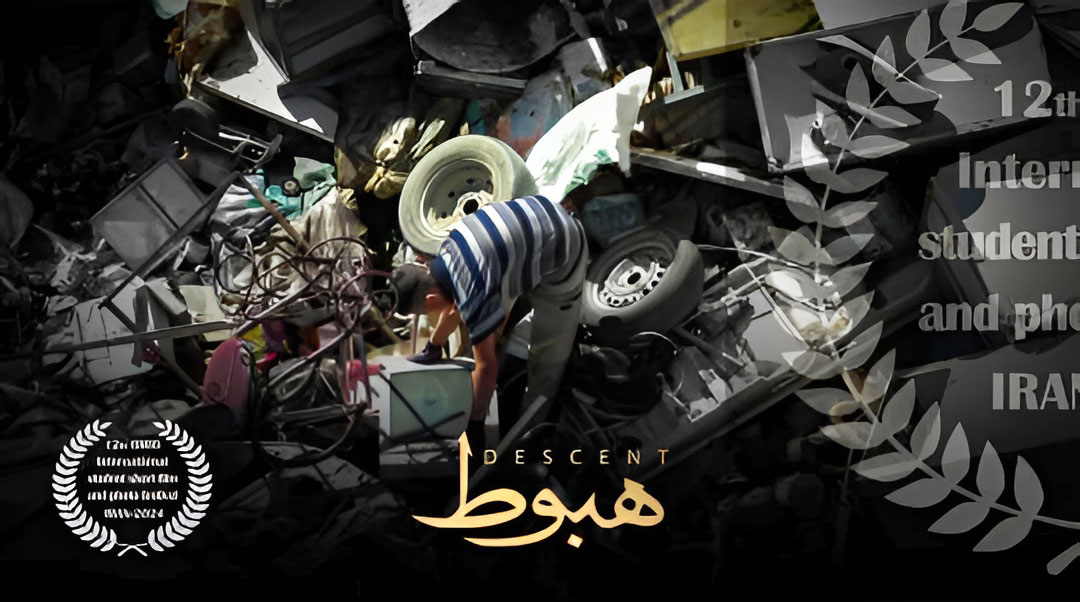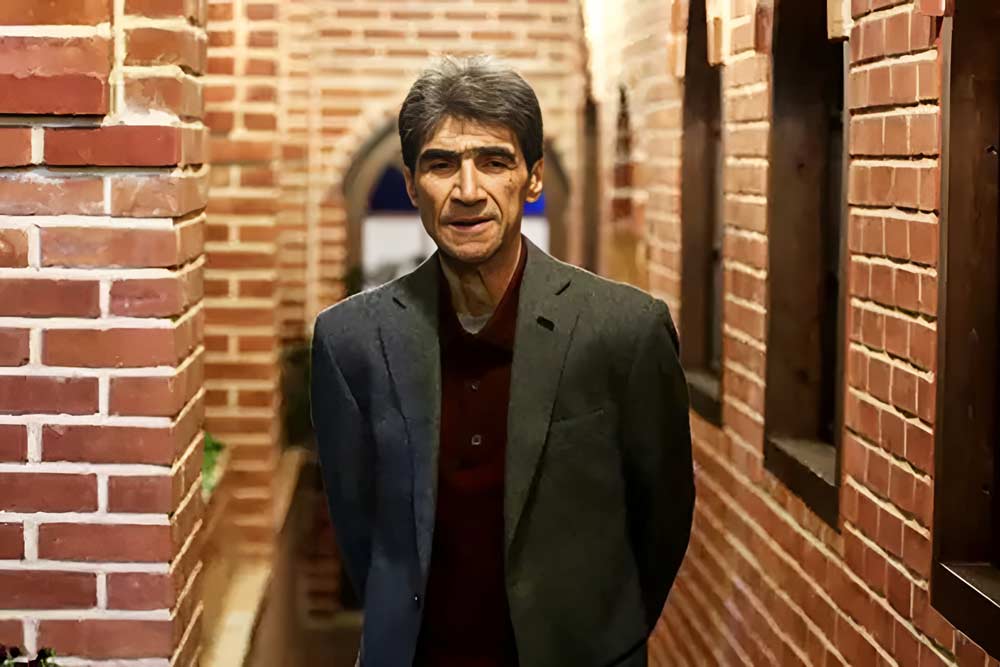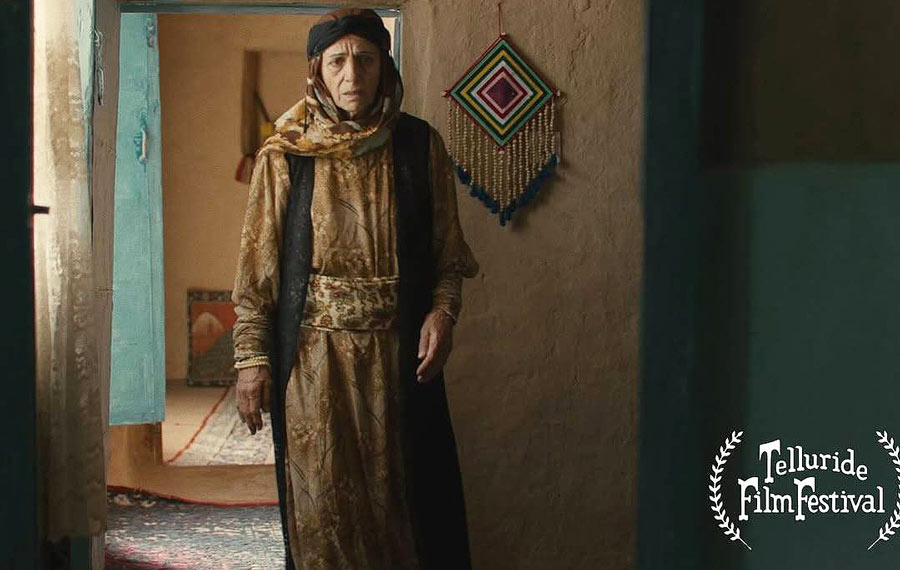Acting

What is acting?
How to answer this question that is both acceptable and right. Because all theories are instructive and necessary in acting, but they have never been right in their explanation.
The truth is the delicate and complex event that is formed in the actor’s mind and transmitted to his mind and body. Between that, from the first moment the actor encounters the character to the moment he is on stage, there is an empty space, and the words of the theorists to fill this empty space are like the state of galaxies in infinite space. That is, empty and unexplained spaces are much more than the words and descriptions provided. Of course, this does not mean the technical part of the theorem, such as mastery of the body and expression and.. It is very clear that for acting in theater, special skills must be acquired that are necessary and necessary for this work, and the experiences of technical professors in this way are necessary, but this is only the beginning of the story. The main point is the same inner event and crystallization of another character in the actor, which is always in an aura of ambiguity. Every human being is a unique version and has his own special world, so in any job, including acting, he can have his own special and unique method. Of course, this is done by knowing the theories and schools and then passing through this knowledge. And in practice it depends on how the actor lives, how he thinks and from what window he sits to watch life.
We may agree that we consider an actor to be technically quite skilled, but we are skeptical of his artistry and simply do not like him. Historical collective prejudice is a mixture of individual prejudices, and acting is one of the most variable mysteries of television and cinema; For example, while viewers of this era may not like the slow pace of editing in classic Hollywood cinema, this kind of editing and acting may have been thrilling at the time.
Researchers are not free from this kind of prejudice and resort to their own aesthetic criteria in evaluating performances. This kind of confrontation, for example, led to the unhistorical rejection of silent cinema as an overly melodrama, exaggerated, and distorted cinema. Although there are studies of actors or specific periods, the problem of bias and historical and personal prejudices has prevented the development of a comprehensive theory of acting.
An actor without any system of personal values is nothing, even if he has an amazing talent.
This sentence is a book in itself. This system of individual values makes him unique and his method special, now it is the experience that makes his special method more colorful and cooks him in this way.
“It is a simple fact that all of us, from the child who hangs his lip and alley to get ice cream, to the politician who tears his throat to conquer the minds of his potential clients, to achieve what he is We think we use acting in a way, it is very difficult to imagine that we can live in this world without acting, acting is used as a key element in facilitating social relations and is a means to preserve resources and achieve “Bring privileges in all walks of life.”
The above quote from Marlon Brando indicates the presence of something called acting in all matters of life and is true for all people.
An actor is a person who is selected to play a specific role in a film. The actor entered the cinema at a time when cinema had risen from the stage of simple documentaries, in which most ordinary people did their daily work in front of the camera, to the stage of narration. The actor was initially used in a general sense, meaning that the actor could play a role in theater as well as cinema. As at the beginning of the entry of acting into cinema, it was the theater actors who came out of their initial embargo and agreed to act in cinema. But with the maturity of cinema, it was cinema that rejected theatrical actors because acting in cinema is completely different from acting in theater. The play and the actor in the theater have features such as exaggeration in movement and play, continuity of play or presentation of play and work on sound at the same time. While acting in cinema is non-continuous and is not exaggerated in movement, performance and behaviors.
It was in this way that the cinema trained actors for itself, and to this end, the Actor Studios Acting School was founded in 1947 in New York under the direction of Ilya Casa and Cheryl Crawford. Actors such as Marlon Brando, James Dean and Anthony Quinn were among the school’s nurturers.
Acting in the objective definition means the live presence of the actor on stage. Here “presence” means the occupation of part of the space by the body; The adverb “alive” means that presence (body) is associated with thought and feeling, and “scene” in this definition means any kind of play space. So, if the actor has practiced in any school, has played a role in any way, his play has any style of familiarity, his work is judged from these three aspects:
1- Physical (technical) or technical aspect
2- Mental or intellectual aspect
3- Sensory or spiritual aspect
1- Physical or technical aspect in a word means how the actor is physically present on the stage. This presence is sometimes stationary (the actor is standing still, sitting, lying down, or ….) Sometimes moving: the movement is then standing (the actor moves in place, head, hands, torso and limbs and plays with play equipment It works and does not change position (sometimes accompanied by movement) (the actor moves in the scene and has a change, ie goes up and down or left and right). In all these cases it is sometimes accompanied by expression and sometimes it is silent or non-verbal; Finally, it is sometimes individual, sometimes collective. So this aspect includes everything that the spectator sees and hears from the actor.
These sightings and hearings affect the viewer when they believe. And the first condition for them to believe is that they should be done at least easily and smoothly. Comfortable and fluent play is possible if the actor knows and masters his body and expression. Many believe that only this aspect of acting can be learned. The technical or physical aspect of the actor’s work is the aspect related to the actor’s knowledge and mastery of his body and expression.
Cognition and mastery of the body and expression in acting each requires an independent, important and detailed discussion and chapter.
2- In mental or intellectual aspect, the subject of study is how the actor analyzes the character of his role from different angles and to his thoughts, feelings and emotions, his actions, as well as his relationship with the play and others. It is realizing its roles. This aspect of the actor’s work has little external appearance. Movement and feeling as well as thought have an external manifestation. The viewer usually does not care about how the actor deals with these issues, and in fact only sees the results of this aspect. But there is no doubt that the actor, if he has a weakness in this regard, can not make the role expressive, accurate and believable. To run.
3- The emotional or spiritual aspect is considered by many to be the highest aspect of the actor’s work and they believe that this aspect is not very instructive.
Thus, it is believed that most actors are proficient in the first and second aspects and do not go beyond this stage and eventually become “good actors” or in other words “technical”, which sometimes goes as far as “becoming a star”. they are going. But they do not become “great actors” unless they are emotionally or mentally nurtured. It is the play of such actors that will be remembered for years.
Acting, animating characters
If you love acting and want to use your talent and creativity, acting can be right for you. The actor’s job is to bring characters to life in theater, film, television and radio. He uses words, gestures and moods to play roles in a natural and believable way. In other words, acting means the presence of an actor on stage.
Actor Features
One of the most important characteristics of an actor is anthropology and having a good knowledge of human beings and their society. For example, when he wants to play the role of a particular patient, he should research the subject for a while and be well acquainted with their living and family conditions, problems and concerns. Also, the actor must have good intelligence, appropriate learning speed, talent and taste, and always be receptive to the opinions and criticisms of the director and critics. Capable actors are those who can perform different and sometimes contradictory roles well. The most important art of an actor is to make the role believable by the audience. If the actor has good skills and mastery of his work, he can create this credibility in the audience.
Actors education
Usually actors have either studied in a related academic field or taken acting courses. Of course, some have also entered the acting profession experimentally.
Actor working hours
The actor’s working hours are almost irregular. Most theaters are performed at night, but during the day, the actor must rehearse and rehearse. In film and television, he usually has to spend a lot of time during the day between filming scenes.
There are a lot of business trips in acting, especially in cinema and television, and sometimes the actor stays away from his family for a long time.
Duties of the actor in the film
The actor works under a director in a team of actors and actors in the film. Playing a role is only a small part of an actor’s job. He spends a lot of time doing the following:
– Research on your role (for full familiarity with the conditions and characteristics of the role and thus better and more realistic performance)
– Practice
– Giving an initial test
– Connect with your program manager and find the next role
– In addition to acting, some actors do things such as teaching, membership in art associations, (sometimes) starting a side job, and so on.
Reason for choosing a role:
One does not choose the role, but it is the role that appears in the position of the actor because it has a soul of its own and is alive, so it finds its pattern and mixes with it. If theater is life, perhaps it can be concluded that this hypothesis is correct because in life it is the roles that come to us, that is, it considers the conditions of different roles for human beings, even in cases where it is difficult to believe that we are selective. It is not influenced by which game we think.
About plays
The special style of each artist is known by comparing the works that belong to a particular school of art and have been created by the artists of that school. Art schools often belong to certain periods. This means that in each period, a special school was formed and some of the artists of that period created their works in the form of that school. Therefore, in order to know the special style of each artist, one must first know the dominant school of art of his time and find out whether he was also influenced by that school or not, then one must know what formed his special style.
Style is an individual expression related to the present, in other words, today’s artist, by choosing his own style, tries to communicate with the audience of his time.
The structure of each play is based on six main elements:
1- Special environmental conditions
2- Conversations
3- Conflict and dramatic event
4- People playing
5- Main thought
6- Rhythm or rhythm
Each play, like a building, has a metal skeleton and a number of main pillars, a so-called substructure on which the so-called superstructure is mounted. Specific environmental conditions, such as the metal frame and the main pillars or infrastructure of the play and the dialogue, serve as its superstructure. The central core of the play is the dramatic event and the characters, and finally, the central core is formed and grows within this building, which has a specific infrastructure and superstructure.
In a conversation between a philosopher and an actor, the philosopher says:
What is meant by thinking? Is it the opposite of emotion, the text trying to maintain calm and moderation? We must rid ourselves of the idea that in order to understand art, one must leave peace and consciousness and approach fascination. We know that there is a conflict between the two poles of consciousness and fascination in every artistic perception. Any attempt to evaluate scenes and people without feeling is unnecessary. All the worries and expectations and interests that exist in our real life should be addressed here as well. The viewer must see the human beings who, like the raw material of a variable that has not yet formed and been bound, can amaze him. It is only in dealing with such people that he will experience real thinking. That is, thinking that stems from his attention to himself.
* Sources and references are available in the editorial office of Artmag.











